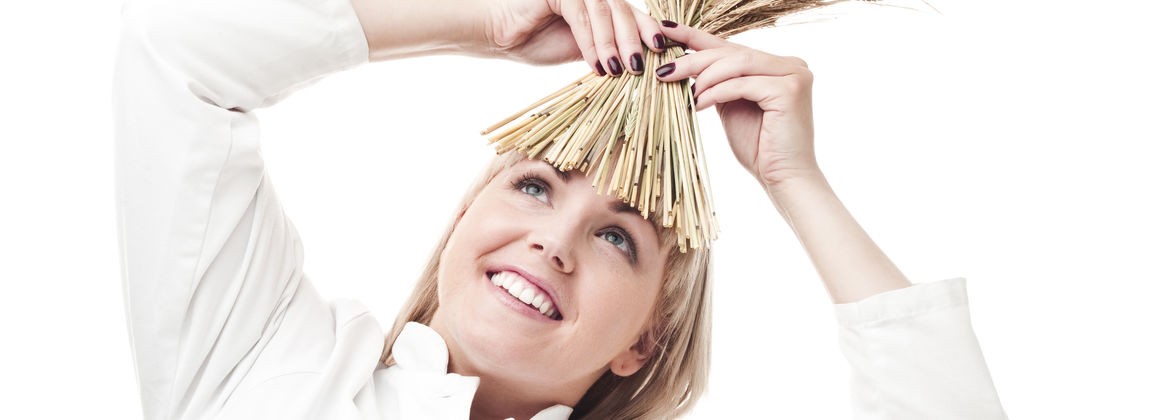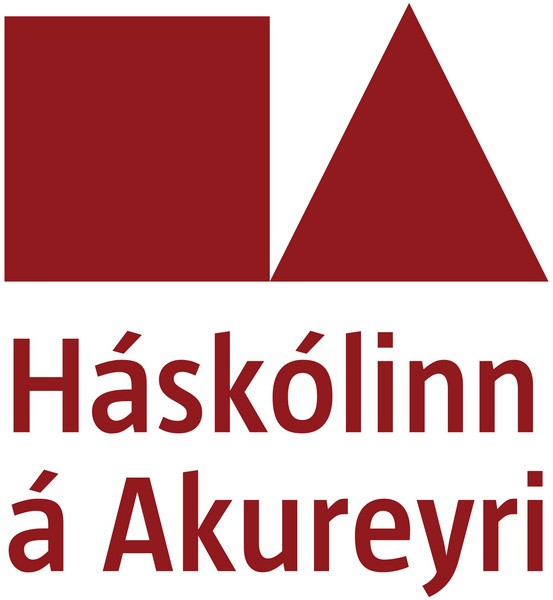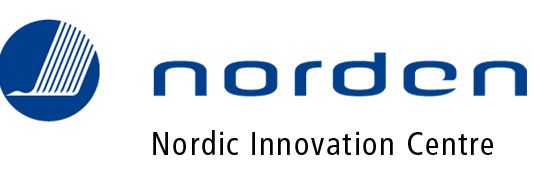Processing of dried silver for human consumption. Gæðþættir og gæðaviðmið / Processing of dried dulse for consumption. Quality parameters and requirements.
Many things need to be considered when catching and processing salt and other algae for human consumption. There are different requirements and criteria among processors, buyers and consumers regarding how sales should be and what their desired quality is. This report gathers information on official requirements and known standards for the processing of dried human food for human consumption, which processors and purchasers can use to set product and quality standards for these products. Despite the fact that it is a traditional product, much work remains to be done to gain adequate knowledge of many aspects of the production of dried silver and how to best manage it (such as the storage of fresh ingredients). Guidelines for the processing of dried silver will therefore continue to evolve and change as knowledge advances.
Many things need to be considered when collecting and processing dulse and other seaweed for human consumption. Requirements on how dried dulse should be and their required quality, vary between buyers and consumers. Information was collected on official requirements and known paradigms on the processing of dried dulse. Despite being a traditional product, extended knowledge on the influence of different processing parameters on the properties of dried dulse and how they can be controlled, is needed. Instructions on processing of dried dulse will therefore continue to develop as knowledge on the matter extends.









